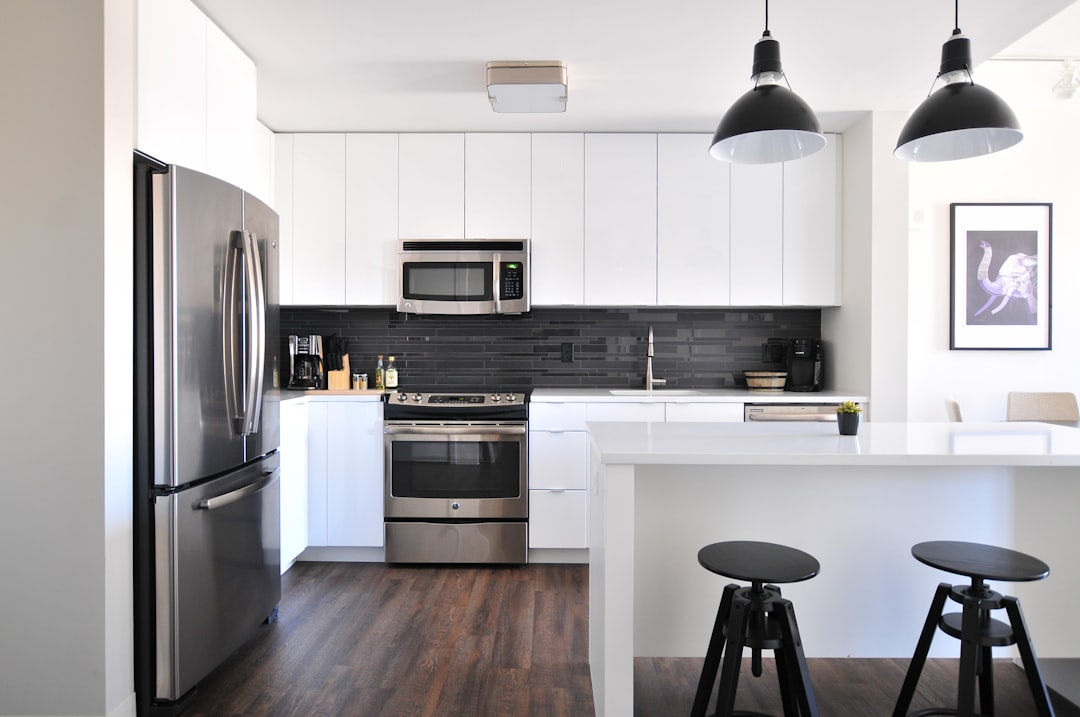Accessible Living: Housing for People with Disability in Australia
Australia is committed to creating inclusive communities where people with disabilities can lead fulfilling lives. Housing plays a pivotal role in this mission.
In this blog post, we will explore the various housing options available for people with disabilities in Australia and the government initiatives and support services that facilitate access to suitable housing.
The Importance of Accessible Housing
Accessible housing is a fundamental right that promotes independence, dignity, and social inclusion for people with disabilities. It offers safety, comfort, and the opportunity to live life on one’s terms.
Australia recognizes the significance of accessible housing and has taken significant steps to address this issue.

Types of Disability Housing
1. Specialist Disability Accommodation (SDA)
SDA is a specialized housing option designed for individuals with significant disabilities who require a high level of support.
It offers various types of accommodation, such as fully accessible properties, improved liveability options, and high physical support homes.
2. Accessible Public Housing
Many Australian states and territories provide accessible public housing options.
These homes feature wheelchair ramps, wider doorways, and modified bathrooms to accommodate people with mobility challenges.
3. Supportive Housing
Supportive housing combines accessible design with on-site or nearby support services. It caters to individuals with various disabilities, including developmental, physical, or mental health conditions.
4. Group Homes
Group homes offer communal living arrangements for individuals with disabilities.
Residents share responsibilities and have access to professional support staff as needed.
Government Initiatives and Support
Australia’s commitment to accessible housing is demonstrated through various government initiatives:
1. National Disability Insurance Scheme (NDIS)
The NDIS is a pivotal program that provides funding for disability-related support, including housing.
Participants can work with the NDIS to identify their housing needs and explore suitable options.
2. Disability Advocacy and Support Services
Numerous advocacy organizations and support services in Australia are dedicated to helping people with disabilities access suitable housing. These organizations provide guidance, information, and resources to navigate the housing landscape.
3. Accessible Housing Standards
Australia has established accessible housing standards to ensure that new housing developments incorporate universal design principles.
These standards aim to make all housing accessible and adaptable, promoting inclusivity.
Challenges and Progress
While Australia has made significant progress in the realm of accessible housing, challenges persist:
1. Affordability
Accessible housing can be expensive. The government is working to increase affordable housing options through various initiatives and partnerships.
2. Supply and Demand
There is a growing demand for accessible housing, leading to longer waiting lists. Governments are investing in the construction of more accessible properties to meet this demand.
3. Awareness
Raising awareness about accessible housing is crucial. Advocacy groups and public campaigns are working to eliminate misconceptions and promote the importance of inclusive housing.
Conclusion
Australia is committed to creating inclusive communities by ensuring that housing is accessible and suitable for people with disabilities. From Specialist Disability Accommodation to supportive housing and accessible public housing, numerous options cater to diverse needs.
With government initiatives like the NDIS and accessible housing standards, Australia is on a path toward a future where accessible housing is a reality for all, allowing people with disabilities to live their lives with independence, dignity, and inclusion.
